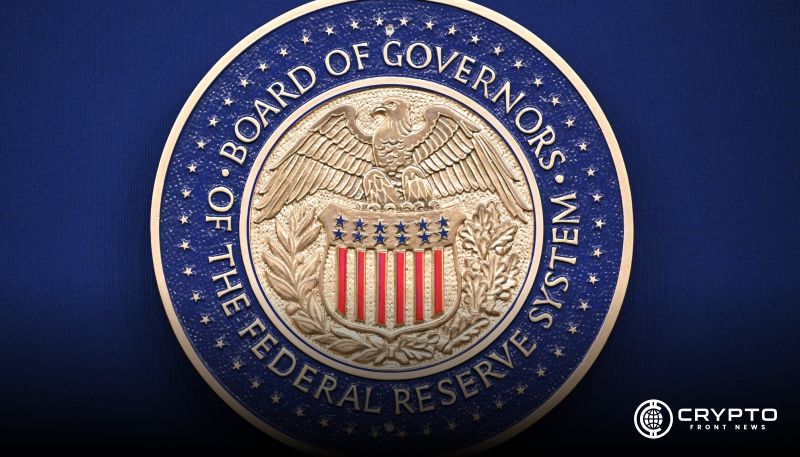- Fed officials warn tariffs may raise inflation, creating caution on further rate cuts in October.
- Markets expect a 25-bp cut with 97% odds, fueled by weaker job growth and labor market concerns.
- Fed officials remain divided, with some backing restrictive policy and others urging deeper cuts.
Federal Reserve officials are voicing caution over further rate cuts as inflation remains above target. Dallas Fed President Lorie Logan warned that Trump tariffs could push inflation higher, while other officials remain divided on how restrictive policy should be as the labor market shows mixed signals.
Fed Officials Cautious on Rate Cuts Amid Inflation Risks
Dallas Fed President Lorie Logan said she would approach additional rate cuts cautiously, stressing that inflation remains above the 2 percent target. She added that Trump tariffs could drive prices higher in the coming months, raising concerns about faster inflation.
Logan said the labor market still looks “fairly balanced” even though risks remain. She argued that current monetary policy is only modestly restrictive but necessary to maintain downward pressure on prices. Logan suggested that her forecast points to a slower normalization path, signaling caution ahead of the October 28–29 FOMC meeting.
Cleveland Fed President Beth Hammack has also supported a restrictive policy stance. Federal Reserve Chair Jerome Powell made a similar comment last week, though he noted that the effect of tariffs may be temporary.
Labor Market Concerns and Market Expectations
Despite cautious remarks from some officials, markets are almost fully pricing in a rate cut this month. The probability of a 25-basis-point cut in October stands at 97 percent, according to futures data. The weaker September ADP jobs report fueled expectations, showing job growth came in lower than estimates.
However, Chicago Fed President Austan Goolsbee said the labor market remains stable and the broader economy continues to grow “pretty solidly.” Not all officials share that confidence.
Fed Governor Michelle Bowman and Fed Governor Stephen Miran have voiced stronger support for easing. Miran has gone further, calling for a series of 50-basis-point cuts to stabilize the economy before year-end. The debate underscores the divide within the Fed as officials balance rising inflation risks against signs of cooling in the labor market.






